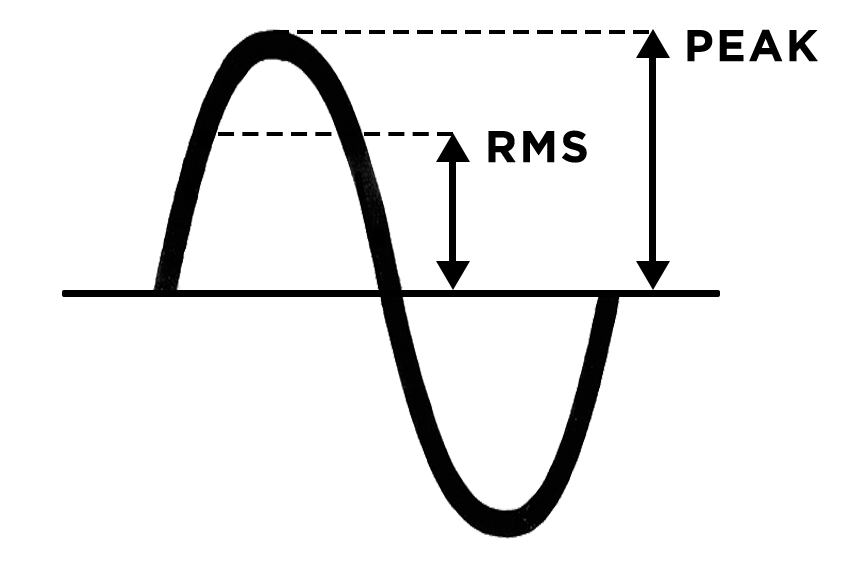Clean and Powerful Level Control
Whether you’re tracking, mixing or mastering, the 543 delivers unobtrusive, musical dynamic control and high-ratio limiting with massive flexibility, transparency and precision.
The 543 features a fully controllable compressor-limiter with feed-forward / feedback modes, Peak / RMS detection and a built-in side chain high pass filter. With an unrivaled heritage and a tremendous feature set, the 543 provides an astonishing degree of flexibility and precision.
Every compressor has a gain control element in its circuit, and this is generally what determines the “sound” of the compressor. Some compressors use tubes, some use FETs, some use light-dependent resistors, some use a diode bridge – but in the 543, a VCA (Voltage Controlled Amplifier / Attenuator) is used to control the signal’s gain.
Rupert Neve Designs 543 Features:
- Threshold control
- Ratio
- Feed Forward and Feed Back Compressor Modes
- Attack, Release
- RMS/PEAK
- Sidechain HPF set to 250Hz
- LINK switch to connect two 543 units together

Feed-Forward or Feed-Back?
In most of Mr. Neve’s earliest designs, feed-back detection was intrinsic to the musical dynamic response. However, the very nature of a feedback compressor limits the attack time of the compression circuit, as the control voltage has already passed through the VCA itself. To offer faster, more technically accurate response times, feed-forward detection was also implemented in the 543: with the FF / FB switch, both classic and modern VCA responses are available.

RMS or Peak?
Another highly useful features of the 543 is the Peak / RMS mode, which allows the VCA to respond to both RMS (Root Mean Square) and peak levels. RMS circuits are considered to better mimic the way the ears perceive apparent loudness, while peak circuits tend to directly respond to the waveform voltage, which may be more of a concern for prevention of clipping and maximizing levels.
In the case of this particular circuit, peak mode actually uses a combination of both methods to get the best of both worlds, and avoids the drawbacks of each method on its own.


